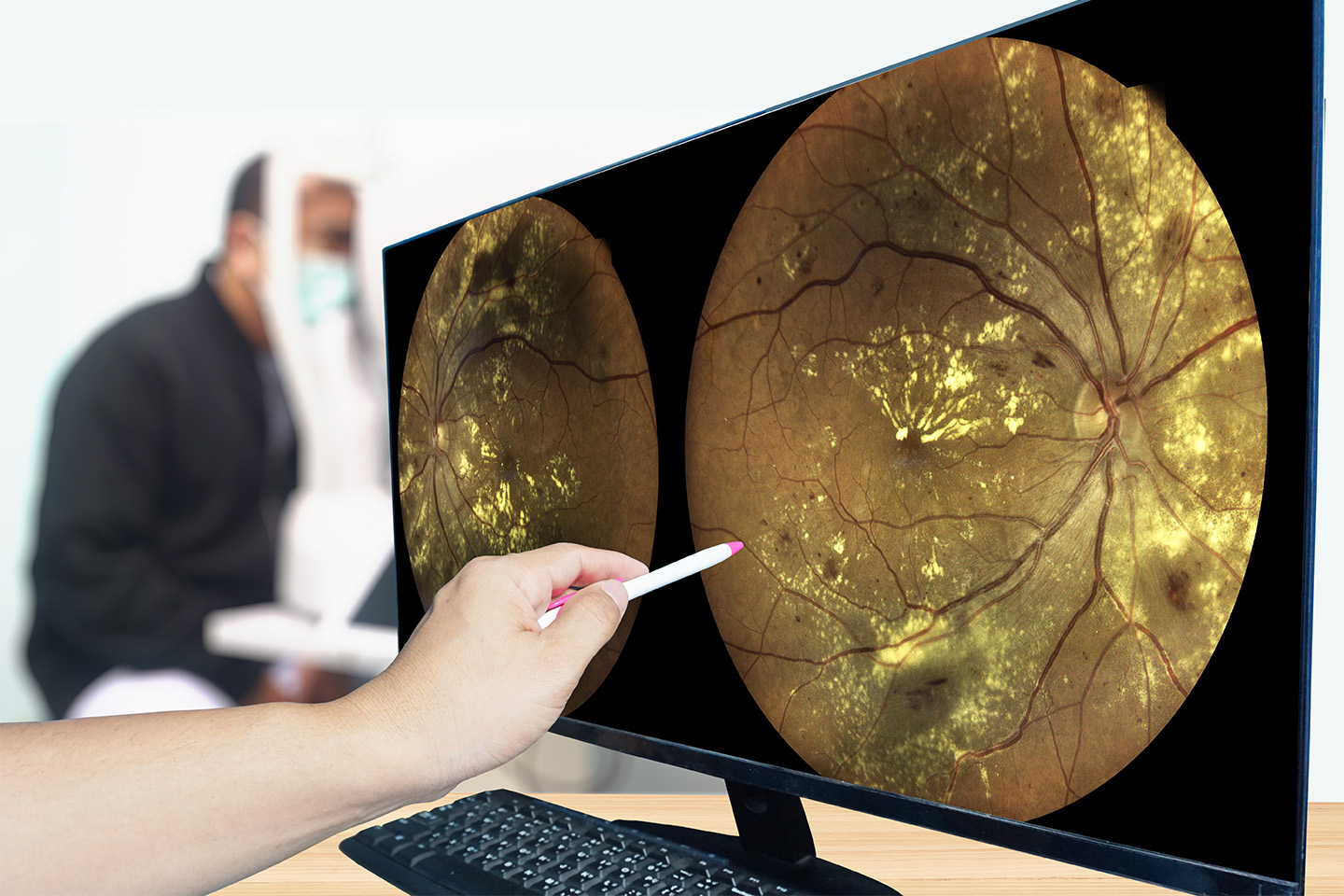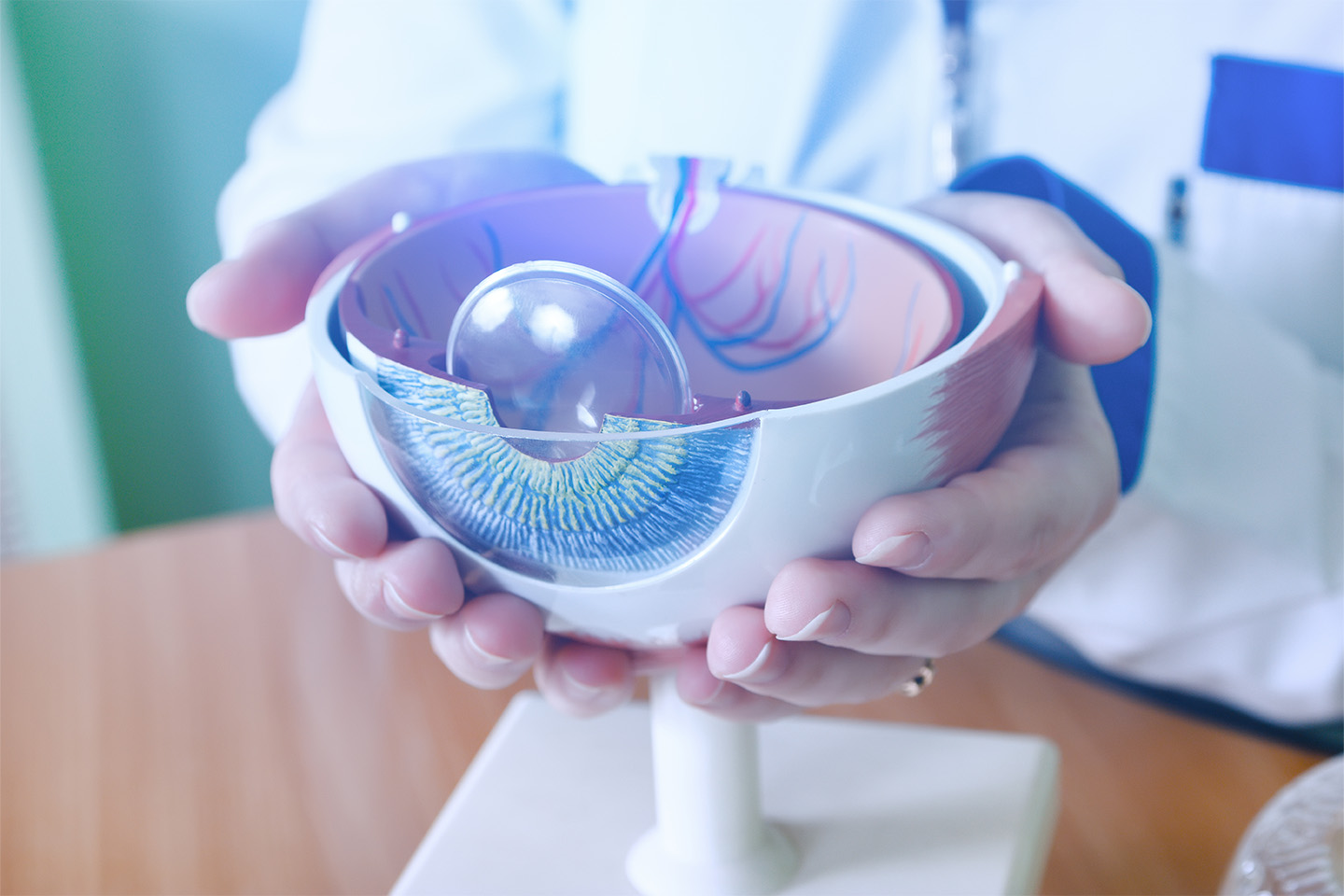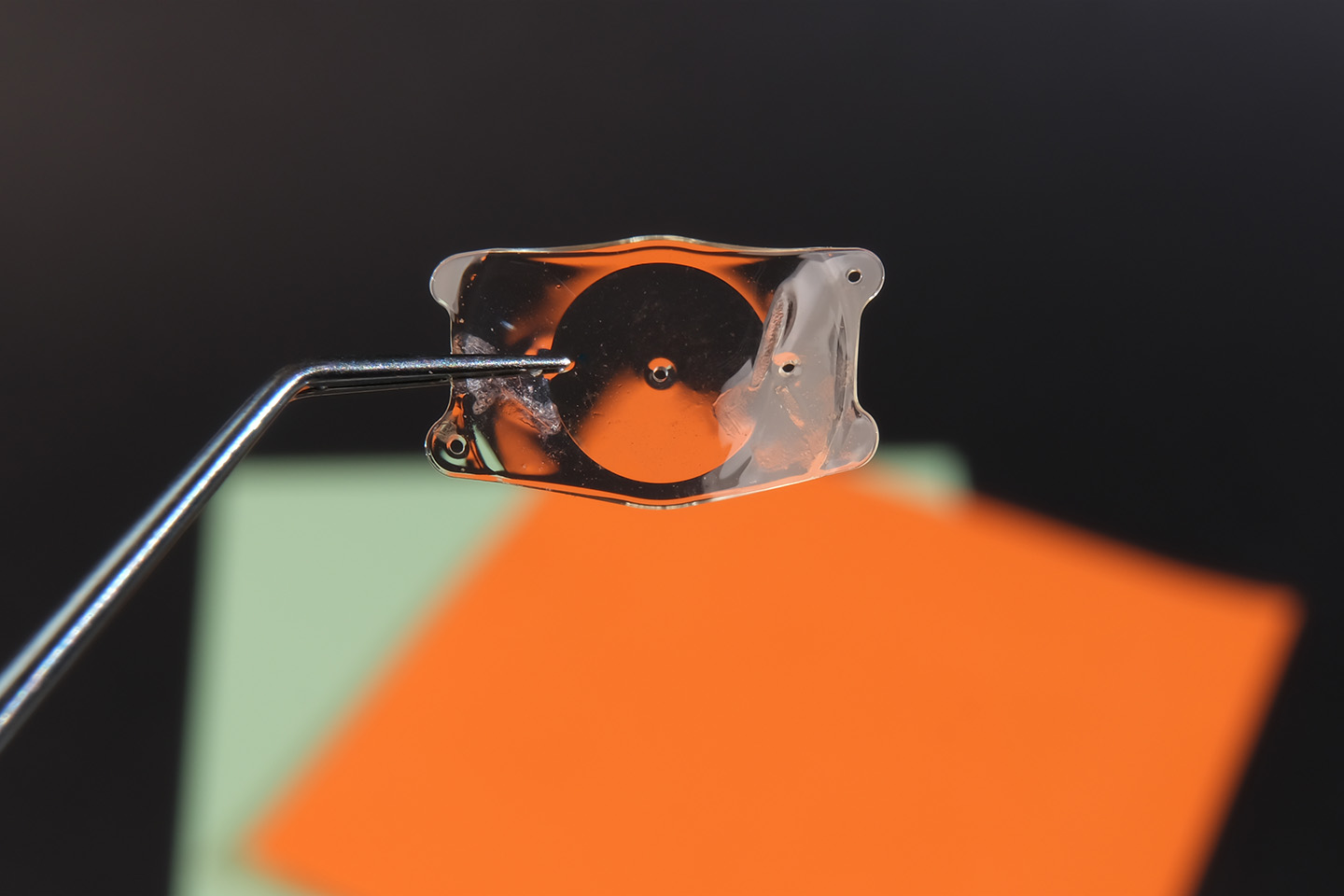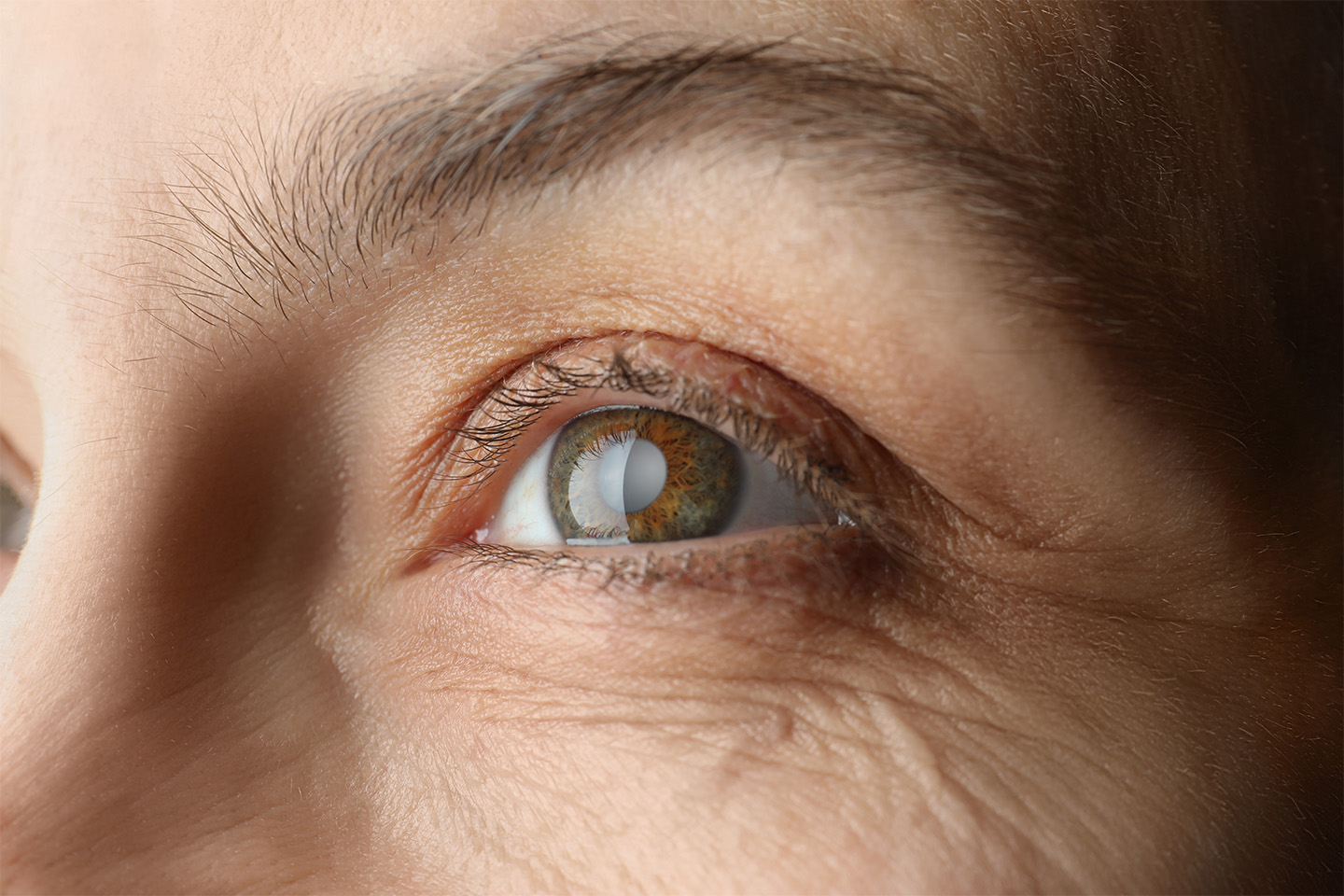What is “Good Vision?”

Not everyone with 20/20 eyesight also has good vision. From depth perception and peripheral vision to eye coordination and focusing ability, the quality of your vision depends on several facets of eyesight.
You’ve probably heard that 20/20 vision is the ideal when it comes to your eyesight, and you might even know what exactly “20/20” means. But did you know that eyesight is just one of many factors that contribute to the overall quality of your vision?
Your eyes are amazing organs, and in order to process and communicate your visual surroundings to your brain, they have to be good at doing a lot of different things. Like Olympic athletes, the eyes can be good at some of those things, and not so good at others.
The overall condition of your vision is a product of the things your eyes do well and how well your eyes do those things. The following is a breakdown of the most important tasks your eyes have to perform successfully to create a comprehensive good vision.
Visual Acuity
Visual acuity is a measure of the clarity and sharpness of your vision. Optometrists measure this by judging how well a patient can see while looking at a nonmoving object – like the Snellen eye chart – from 20 feet away. If your visual acuity is 20/20, it means that an object 20 feet away appears to be 20 feet away. If a person’s visual acuity is 20/200 or higher (an object 20 feet away appears to be 200 feet away), they are considered legally blind.
Visual acuity is an important measure of visual quality. But life is full of moving objects, objects near and far, colors, and light. How do those factor into an assessment of vision?
Depth Perception
Depth perception is an extremely important component of good vision. The ability to see the distance between objects is critical for activities like driving, throwing, catching and running.
Individuals with poor depth perception have trouble visually mapping their surroundings in three dimensions. People with conditions like amblyopia or strabismus will often experience a loss of depth perception, as do people with only one eye.
Peripheral Vision
Peripheral vision refers to the size and scope of the part of your field of vision that lies outside your immediate visual focus. In addition to seeing that which is directly in front of you, you should also be able to see some of what’s above, below, to the left and to the right.
The average person has a visual field of 170 degrees, and approximately 100 degrees of that is peripheral vision. People with glaucoma or retinal detachments often experience peripheral vision loss, affecting their ability to do things like drive or watch a baseball game.
Eye Coordination
You have two eyes, and in order to see well, they need to work well together. Though the images from each eye may be different, the brain combines the two images to produce a clear, three-dimensional picture of someone’s surroundings. Without good eye coordination, a person won’t be able to see as clearly as they otherwise might, or accurately gauge object depth.
Focusing Ability
Focusing allows us to see objects clearly — even if those objects are moving around, or if the eyes switch from looking at something far away to look at something closer. Focusing ability is one of the components of vision that can degrade with age.
Ensuring Good Vision
If you’re concerned about the quality of your vision, the experts at ICON Eyecare are here to help. We provide treatment options for a number of conditions that can affect the quality of your vision, including LASIK vision corrections.
To explore your options, schedule a consultation with us today.
[DISPLAY_ULTIMATE_SOCIAL_ICONS]








